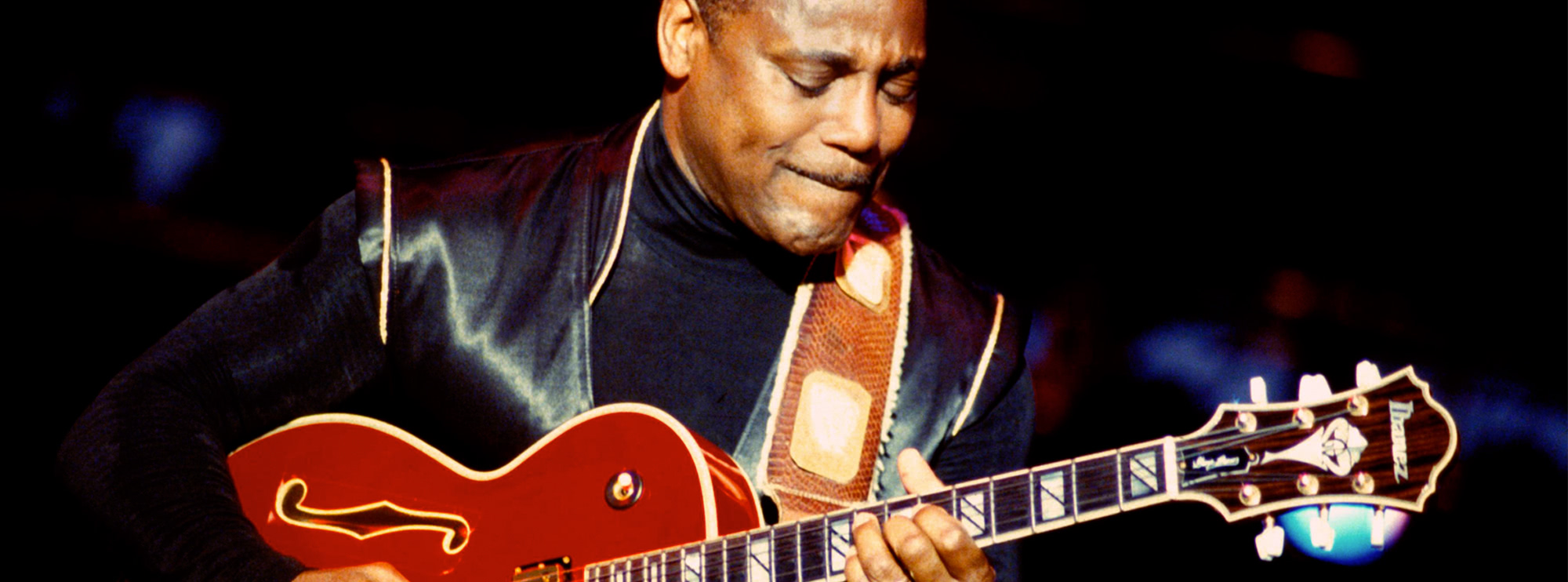Deep Purple In Rock: A Guitarist's Perspective
"Deep Purple In Rock," released in 1970, is the fourth studio album by the British rock band Deep Purple. This album was a significant milestone in the band's career, marking the formation of their most famous lineup - Ian Gillan on vocals, Roger Glover on bass, Ian Paice on drums, Jon Lord on keyboards, and the extraordinary Ritchie Blackmore on lead guitar. The album set the foundation for the heavy metal genre and is considered a cornerstone of hard rock.
In this guitar lesson course, LickLibrary veteran, Danny Gill walks you through the many highlights of each song from this classic rock gem one phrase at a time, including all of Ritchie Blackmore’s legendary guitar parts from the tracks; “Black Night,” “Speed King,” and the anthemic, “Child In Time.”
Ritchie Blackmore: The Lead Guitarist
Ritchie Blackmore is a virtuoso guitarist whose playing style is characterised by his extensive use of vibrato, alternate picking, legato, and tapped harmonics. He is known for his innovative techniques and ability to blend classical music elements with rock and roll. Blackmore's unique approach to the guitar, along with his distinctive tone, significantly contributed to the album's sound and success.
Track-by-Track Analysis
1. Speed King
"Speed King" opens the album with a fast-paced and hard-hitting riff that sets the tone for the rest of the record. Blackmore employs the E minor pentatonic scale, creating a perfect blend of hard rock and bluesy undertones. The solo section features intricate double-stop bends and unison bends, showcasing Blackmore's technical prowess.
2. Bloodsucker
"Bloodsucker" features a driving riff in the key of G minor. Blackmore uses the G minor pentatonic scale to craft a solo that incorporates pinched harmonics, trills, and tremolo picking to build tension and excitement.
3. Child in Time
"Child in Time" is a progressive rock epic that showcases the band's ability to create intricate and emotional music. The song is built around a haunting chord progression in G minor, and the solos feature arpeggios and dive bombs with the whammy bar. Blackmore's use of harmonics adds another layer of depth to the song's complex arrangement.
4. Flight of the Rat
"Flight of the Rat" is a high-energy track with a riff based on the E blues scale. The solo section features fast-paced pull-offs and power chords that showcase Blackmore's technical abilities. The song also highlights his skill with palm muting and barre chords, contributing to its driving rhythm.
5. Into the Fire
"Into the Fire" is a heavy, blues-inspired track in D minor. Blackmore employs the D minor pentatonic scale and a variety of techniques, including two-handed tapping, sweep picking, and rakes. The track showcases Blackmore's ability to create memorable riffs and solos that perfectly complement the song's gritty atmosphere.
6. Living Wreck
"Living Wreck" is a mid-tempo rocker with a riff based on the E blues scale. The solo section demonstrates Blackmore's mastery of finger-picking and hybrid picking techniques. His use of pre-bends and hammer-ons adds a unique touch to the solo, making it one of the standout moments on the album.
7. Hard Lovin' Man
"Hard Lovin' Man" closes the album with an aggressive, up-tempo riff in A minor. Blackmore utilizes the A minor pentatonic scale and incorporates double-stops, slides, and Travis picking in his solo. The song is a fitting finale, highlighting Blackmore's guitar prowess and the band's tight musicianship.
In conclusion, "Deep Purple In Rock" is a groundbreaking album that showcases the incredible musicianship of Deep Purple, particularly the exceptional talent of lead guitarist Ritchie Blackmore. His innovative playing techniques and ability to seamlessly blend classical and rock elements helped shape the sound of heavy metal and hard rock for years to come.
From memorable riffs and solos to his signature use of various guitar techniques, Blackmore's contributions to this album cannot be overstated. The songwriting and musicianship displayed on "Deep Purple In Rock" make it a must-listen for guitarists and fans of the genre alike. The album offers a wealth of inspiration for guitarists, providing a masterclass in guitar playing that can be studied and enjoyed time and time again.
Guitar Techniques Used in "Deep Purple In Rock"
Throughout the album, Ritchie Blackmore displays an impressive array of guitar techniques that contribute to the album's distinct sound. Some of these techniques include:
- Sustain
- Pick slides
- String bending
- Syncopated rhythms
- Open-string riffs
- Whammy bar tricks
- Bluesy bends
- Octave melodies
- Galloping rhythms
- Dual guitar harmonies
- Arpeggiated chord progressions
- Chromaticism
- Altered tunings

About The Tutor
Tutor Profile
Danny Gill
Danny Gill is, without a doubt, the most loved tutor by our community. With an incredible array of DVDs and web lessons for LickLibrary covering a wide variety of topics all of which he covers with incredible detail, it's no wonder he carries as much respect as he does. As...




